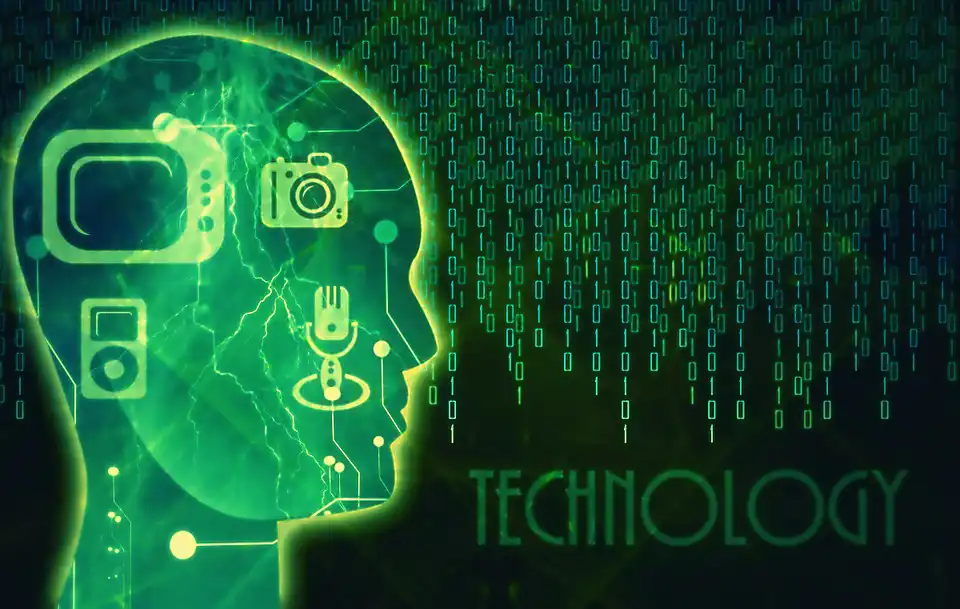As an international media platform, YouTube allows individuals to share and explore a diverse range of content. Researchers from UC Davis recently found that users who lean towards right-wing ideologies may experience a peculiar side effect of YouTube's recommendation algorithms. After a thorough investigation, it was observed that this algorithm seemed to guide right-leaning users towards ever more extreme content.
The research team responsible for the study included graduate student Kadambari Devarajan and Associate Professor of Communication, Magdalena Wojcieszak. The duo analyzed English-language YouTube channels and how certain algorithms worked to perpetuate specific ideologies. They found out that the algorithms were significantly more likely to recommend extremist content to users who already consumed right-leaning materials.
The study involved establishing a correlation between consumption of both benign and extremist right-leaning content. They divided the channels into 'benign-right', 'lean-right', 'extreme-right', 'lean-left', 'benign-left', and 'extreme-left'. 'Benign-right' content were those promoting conservative ideologies without advocating for violence, whereas 'extreme-right’ categories involved channels promoting hate speech and white supremacy.

The research also explored the YouTube landscape with the objective of establishing how often channels from different categories recommended each other's content. The UC Davis team was interested in seeing how often benign or lean channels led users to extreme ones, which was termed 'cross-pollination'.
This emphasized how YouTube’s algorithms played into this. Once a user viewed right-leaning videos, the algorithm would suggest more right-leaning videos to them. Over time, the recommendations grew more extreme. This was not as true for left-leaning users, they found. The mechanism is the same — Youtube recommending more of what a user already watches — but the implications vary.
It's notable that the study doesn't necessarily accuse YouTube of willfully pushing an extremist or violent agenda. It is the result of a combination of user behavior and machine learning that tends to squeeze users into narrower and narrower content categories, which can, in extreme cases, lead to promoting radical ideologies.
Magdalena Wojcieszak, co-author of the study, explained that the work focused on hyperlink recommendations as a proxy for algorithmic recommendations. She observed that the content on YouTube was not random, nor was it neutral. Instead, it had a structure, and certain types of content recommended each other more often.
The study involved tracking how the political leaning of channels determined their placement in the recommendation algorithm. Upon analyzing this data, it emerged that right-leaning channels frequently cross-recommended, driving right-leaning viewers towards more extreme content.
The researchers found that the content on benign and leaning right channels more often led viewers to extreme right channels, and that benign and leaning left channels did not lead viewers to extreme left channels as often. This was an important indication of the differentiated influence of YouTube's recommendation algorithm.
The UC Davis study was not the first to observe this preference in YouTube's recommendation algorithm. Previously, other scholars and media reports had suggested that the platform could contribute to radicalization processes. However, the UC Davis researchers specifically explored the role of the algorithm in promoting these processes.
According to Wojcieszak, the cross-pollination was stronger and more directed from benign to extreme content within the right-wing categories than within the left. This, she stated, implied a potential for audience radicalization on YouTube, particularly among those who began watching benign right-leaning content.
The researchers concluded that YouTube's recommendation algorithm creates potentially damaging structures that may influence people's political viewpoints and nudge them towards more extremist ideals. The way YouTube's algorithm works could have implications for political polarization.
In the context of today's digital era, the findings of this study have a great deal of significance, and they raise important questions regarding the role of digital platforms in the dissemination of extreme content. Without a doubt, the researchers' work has shed new light on how moderates can be nudged towards extremes through what they described as 'algorithmic rabbit holes'.
The findings of this study could be key in shaping future conversations about content regulation on international platforms such as YouTube. Given its massive audience and extensive reach, YouTube's influence cannot be downplayed. As such, these findings represent a vital first step towards understanding and mitigating the potential harms of this, and indeed any, recommendation algorithms.
The study also has the potential to influence policy, as the results shine a light on how algorithms could inadvertently cause harm. Wojcieszak concludes by noting that, going forward, it's critical to have a dialogue about the obligation of these platforms in reducing the negative impacts of their algorithms, including considering regulatory possibilities and encouraging transparency from tech companies.
As artificial intelligence and machine learning continue to evolve, a key takeaway from this research is the importance of understanding how these technologies can radically shape society and the need for rigorous scrutiny of such platforms to ensure they do not contribute to harmful ideologies or processes.
In conclusion, this landmark study prompts the need for a greater understanding of how YouTube's recommendation algorithms work. It is integral that these revelations lead to informed discussions between researchers, policymakers, and the general public and help guide the development of a safer, more diverse media sharing environment in the YouTube community.